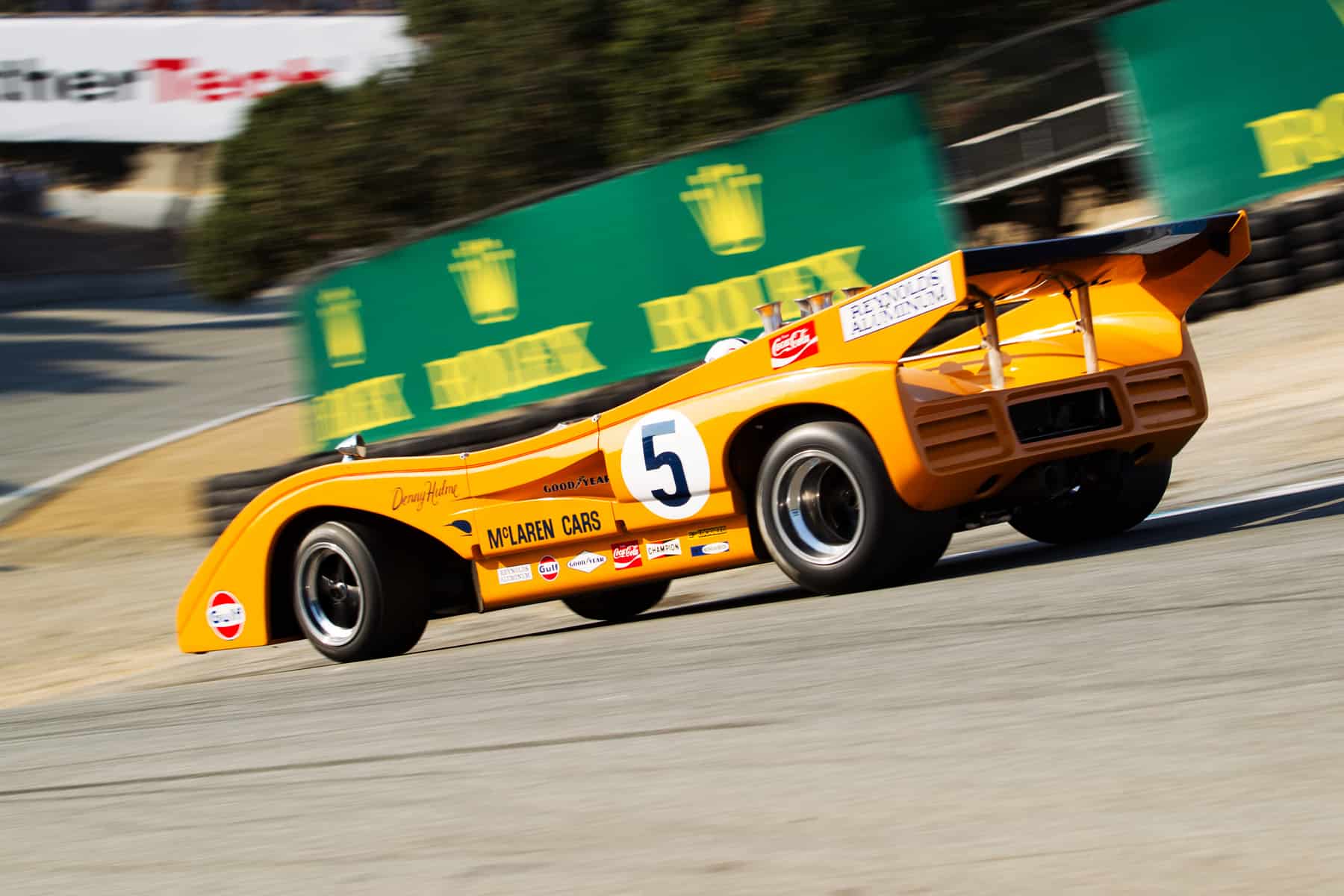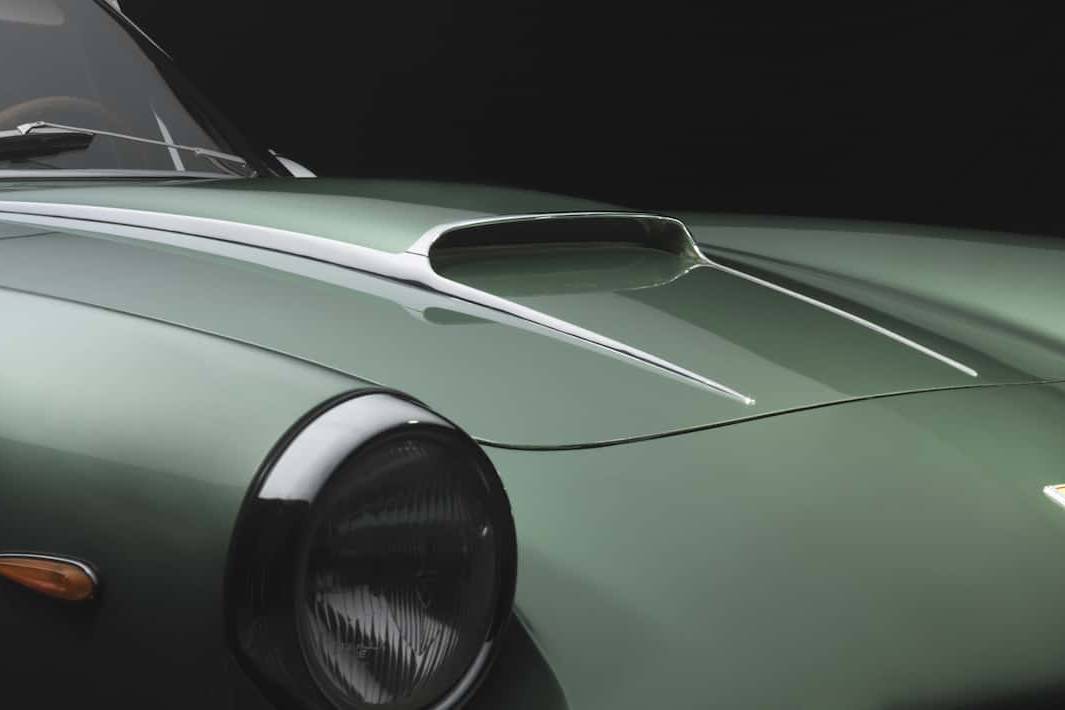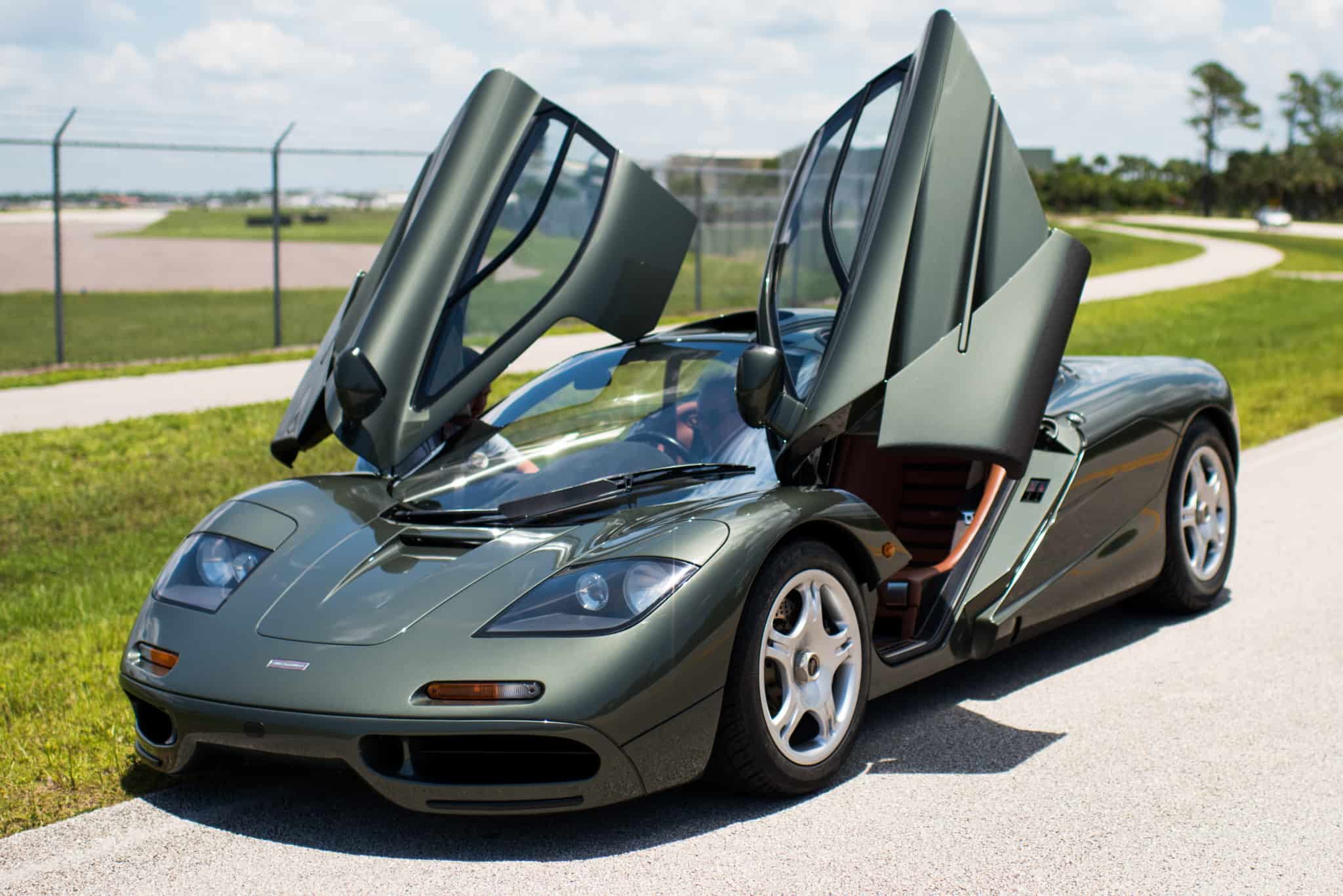
McLaren F1: How Does Factory Restoration Affect Originality?
If the McLaren factory restores one of their F1s, is it still original?
BY: MILES C. COLLIER
To those who buy and sell old cars, “originality” is a loaded and potent term. It can evoke pleasurable excitement at its presence, or pained smiles and a change of topic in its absence. In most cases its meaning is clear and its presence apparent… except when it isn’t.
This involves what members of the Yale University faculty club would call “ontology,” the study of the nature of “being,” in our case, being or not being “original.” Originality can mean the car as it came off the assembly line (including the loose nuts inside the left door) or the automobile as last used, showing ordinary wear, tear and repairs. We might distinguish between “factory original” and “period original.”
Racing journalist Denis Jenkinson defined “original” as “factory-built” condition, so an automobile’s originality would exist only until the first time its spark plugs or oil filter were replaced. Under that rubric, modern cars, with their extended service intervals, remain factory-original longer than their automotive predecessors.

Here’s why the nature of originality, seemingly an abstract and academic question, is becoming anything but that. Very special, limited-production hyper-cars — the new Ford GT, Ferrari’s LaFerrari, the Porsche 918, the Pagani Huayra, and so forth — have become instant collectibles and arguably blue-chip investments. So originality is worth money, lots of it.
Take the McLaren F1. The factory has undertaken to support indefinitely the total run of 106 F1s, built now twenty-plus years ago. Indeed, the McLaren organization offers a complete F1 service, refurbishment and re-delivery process that’s just like purchasing a new car — except that the customer supplies his or her own car (though he may source it through McLaren’s own F1 brokerage.)
What’s unusual is that the customer can order a refitting where he/she selects colors from McLaren’s chip book, as well as leathers, Alcantara and carpet from books of the same materials that were used in the ‘90s when the first owner did the same thing. Finally, the owner may choose several new options and upgrades, some of which didn’t exist back in the day.
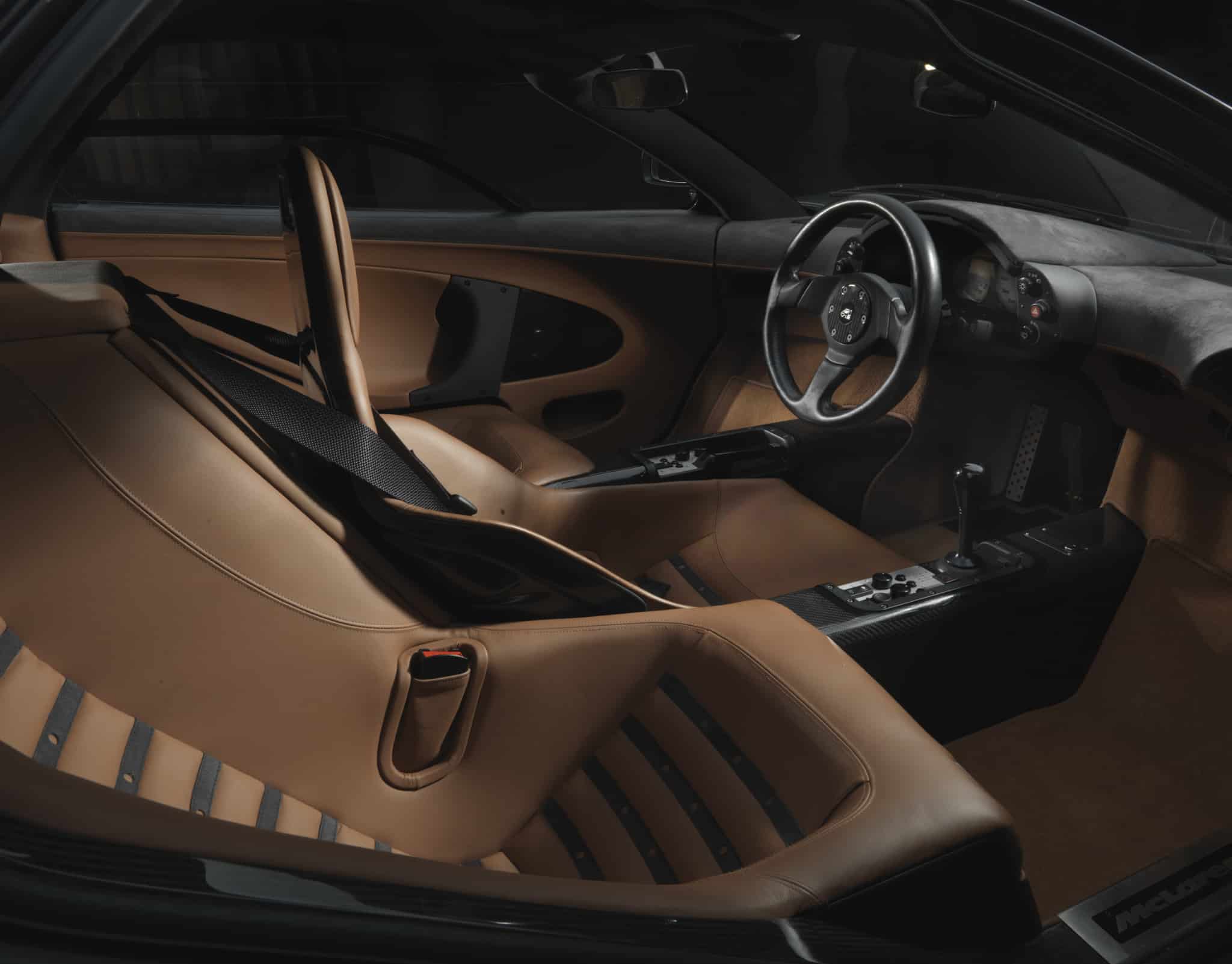
“Yes, I’ll have the new “GT” seat upholstery pattern. No, not the new upgraded headlights. Yes, the smaller steering wheel. Yes, the digital interface to the entertainment system.” And so on. Ultimately, for a firm price, again reminiscent of buying a new car, the sparkling “new” F1 is delivered to the owner in refitted specification looking, smelling and operating as new, or if a model upgrade was requested (LM specification anyone?) better than new.
After all that folderol what is the newly delivered F1, ontologically speaking? Clearly, it’s not original as factory-built, but is it “original as used” under the rubric that the rehabilitation is an ordinary part of McLaren’s factory service cycle? Recall that designer Gordon Murray emphasizes that, unlike any other automobile, the F1 was designed from inception with future restoration in mind.
Conventional historic-car thinking deems a repaint or (AARGH!) a color change as negative. The potential value trade-off — even for when the original paint is of a ghastly hue and is being changed to a more acceptable factory-available color for that model and year — is normally only partly realized.
Given that our F1 has been ordered under the factory re-delivery scheme, would we consider this a damaging repaint? Clearly it has been refinished. Or does this idea of a factory re-delivery scheme, as part of a normal factory-initiated process, imply something else?
Is McLaren keeping its F1 as an in-period (that is current, not historic) artifact through its perpetual support and updating policy? Consider the “in-period” versus “post-period” existence of an important automobile, where post-period refers to the car “becoming emancipated from the need to be useful,” thereby gaining historic or cultural value. We might call such things “durables.”
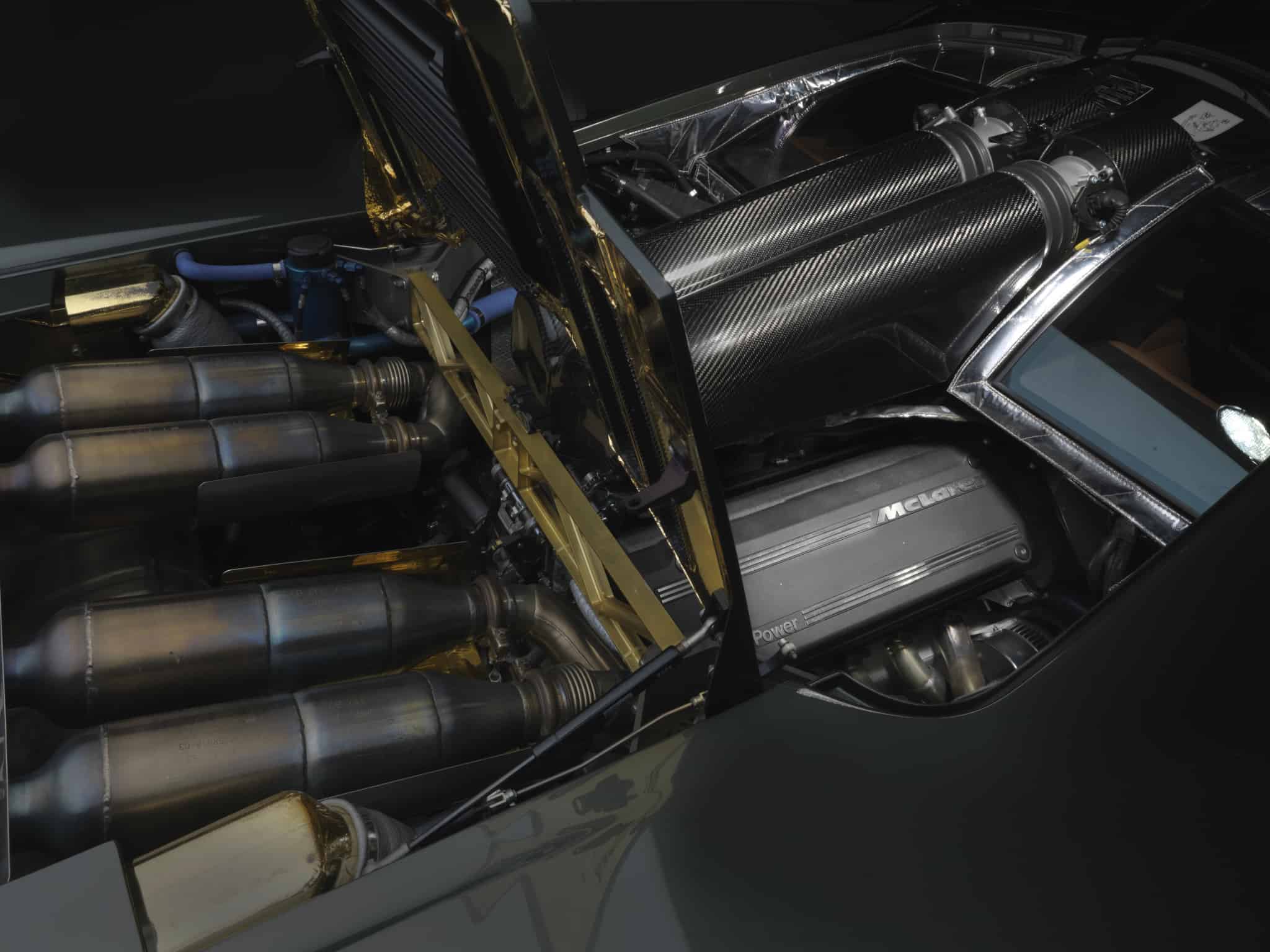
With the F1 and other “hyper-cars” as well, its in-period function and its post-period function are closely allied, perhaps identical. The F1 rarely functioned as daily transportation even in the ‘90s. Its main function has been to signal others that its owner has status, taste, driving skill, etc.
McLaren has brilliantly created a structure to maintain the F1’s signaling function. By offering perpetual support, from initial as-new delivery to the present, and promising to continue it indefinitely, McLaren signals to the world the significance and worth of this model compared to competitors.
And because the car remains actively “in-period,” all McLaren-sourced work on this model is part of its active, artifactual life. As the needs of succeeding owners change, McLaren has undertaken to keep this car in the “now” by offering a process to change the car. It’s part of this car’s function to be an active, contemporary “durable” as opposed to an historic, and hence obsolete collectible. Being a “durable” is the very point of this car.

Given the F1’s perpetual contemporariness, consider the implications of a more material factory repair. Example: the rebuilding of its carbon monocoque using an O.E.M. parts inventory subassembly, as was recently done with an F1 after a fire destroyed the rear of the car. Along with the structural repair, the owner specified all the normal refurbishment options available.
Does this F1 have a story that damages its value? Or does the factory rebuild to “as new” create only an interesting footnote in its record? Suppose the McLaren program had been performed by an independent shop with the technology skill set to duplicate factory work? Or what if McLaren used the serial number of a destroyed car as distinct from adding a 107th serial number to the official record of 106?
This begs the question of “continuation cars,” replicas of cars no longer in production and built by the original automaker. They include the Aston Martin DB4 GT Zagato or the Jaguar Lightweight XKE, which have just been sold. In both cases, the original factory serial number range was not fully used in the day, leaving some “empty” serial numbers for which no car had ever been built.
Decades later, the originals have vastly increased in value, creating a business opportunity for the automakers. But the market values the Aston Zagato continuations somewhere between the more mundane DB-4GTs and the 19 original GTZs. Clearly, the continuations are special, but they fetch only one-third to one-quarter the price of the original.
Or consider that Porsche back in 1966 built a few brand new 356Cs for friends of the house who didn’t want to buy a new-fangled 911. Almost two years out of period, do these cars rate less value than the period-built cars? Perhaps a couple years is too close to the series production period to matter. Now consider the same small run of cars built ten years later, or perhaps even 25 years on. Does that passage of time change their originality?
The point is that just because the factory says something is so, doesn’t make it so. It’s also true that a factory taking a car back and refurbishing it, or even modifying it, commands some value, even if not all the value an unmolested original car might command. The exception might lie in the case of McLaren, where complete overhauls and refurbishment has been part of McLaren practice from inception.
In short, unpacking automotive “originality” gets extremely complex. Perhaps we inhabit the same semantic universe where, like pornography, we may not be fully capable of defining originality, but we surely know it when we see it.


